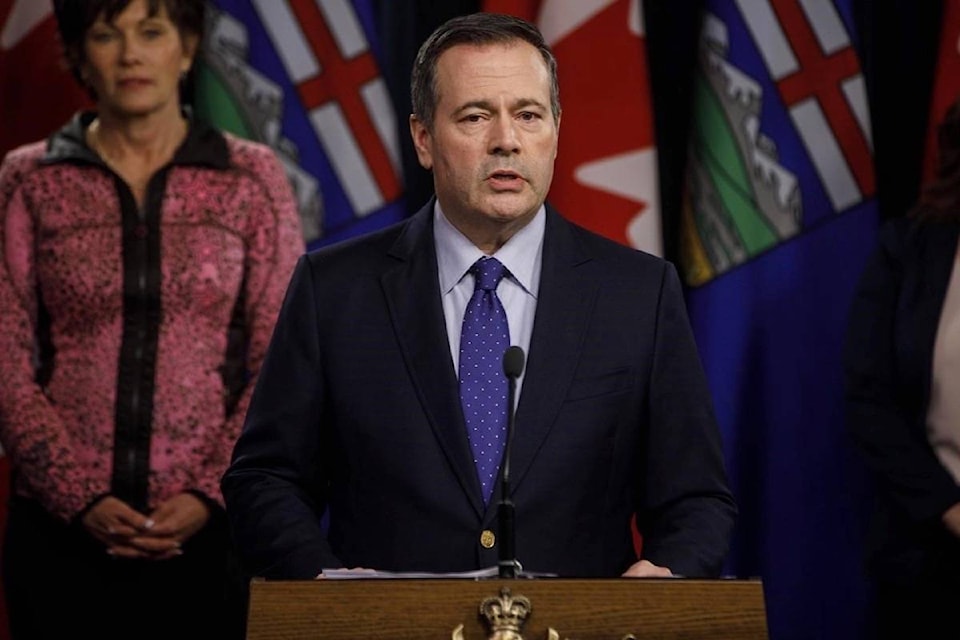OTTAWA — Four conservative-minded premiers are to issue today their wish list for next week’s throne speech on which the fate of Justin Trudeau’s minority Liberal government could hinge.
Quebec’s Francois Legault, Ontario’s Doug Ford, Alberta’s Jason Kenney and Manitoba’s Brian Pallister plan to hold a news conference in Ottawa to spell out what they hope to see in the speech.
Billions more for health care is likely to top their list.
Ford and Legault last week called on Ottawa to significantly increase the annual federal transfer payments to provinces and territories for health care.
The transfer this year will amount to almost $42 billion under an arrangement that sees it increase by at least three per cent each year.
On top of that, the federal government is giving provinces and territories $19 billion to help them cope with the fallout from the COVID-19 pandemic, including some $10 billion for health care.
Legault and Ford argue that additional federal funding is needed to cope with the mushrooming costs of delivering health care beyond the financial burden imposed by the pandemic.
The throne speech is expected to include three main priorities: measures to protect Canadians’ health and avoid another national lockdown; economic supports to help keep Canadians financially afloat while the pandemic continues; and longer-term measures to eventually rebuild the economy.
In particular, it is expected to promise more health care funding — including for long-term care homes that have borne the brunt of the more than 9,000 deaths from COVID-19 in Canada — and for child care so that women, hardest hit by the shutdown, can go back to work.
This report by The Canadian Press was first published Sept. 18, 2020.
